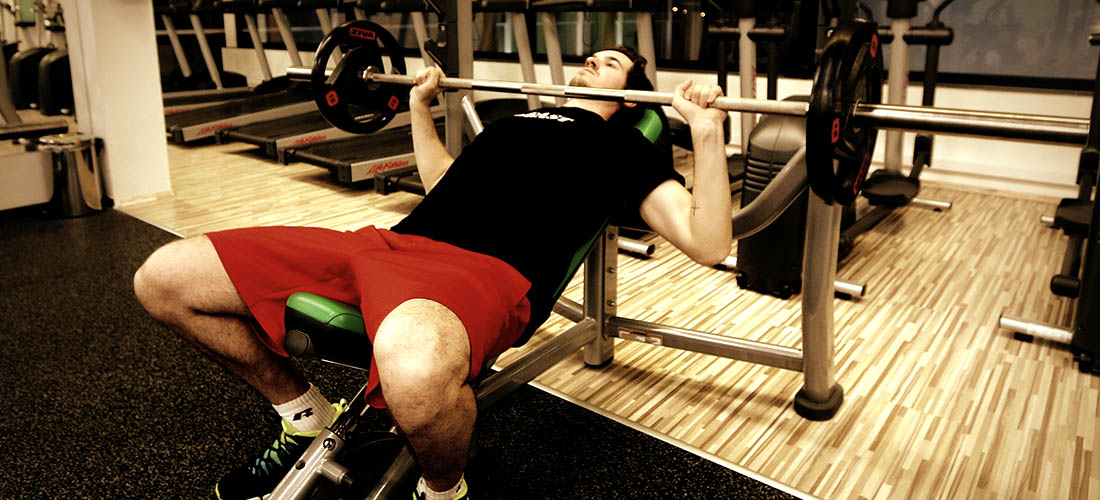
Progress Stagnating
Guys that go to the gym consistently would ideally like to see strength gains improve each and every week, but often times that doesn’t happen. What could be worse than not seeing any progressing in the gym?
Reaching your max on all your sets can build strength for a short period of time, but eventually, this can backfire and you might get stuck at some point.
Some people are naturally stronger than others, but eventually, everyone will hit what’s known as a strength plateau for any particular exercise that you’re struggling with.
Strength progression is emphasized constantly because of the strong correlation between the amount of weight that a muscle can move and the size of the muscle. Muscle size is also referred to as hypertrophy.
So if you’re stuck on a plateau for a long time, what do you need to do to reach the next level of strength?
Factors for Strength
To make improvements in strength, there are a few variables that you can manipulate if you’re stuck at a plateau for a period of time. New weightlifters often think the only variable is increasing weight week after week.
As you study the science of bodybuilding in depth, you begin to understand that there is a wide range of variables that can be used to increase hypertrophy and strength over time. Here are some of them:
- Rest Times – The amount of rest that you apply between sets greatly depends whether you’re looking to focus on size or solely strength. If you’re stuck at a strength plateau, your rest times need to be longer than normal in order for your body to properly recover before your next set. If you’re stuck at a plateau, it may be because you’re not giving yourself enough time to rest between sets. Don’t even set a timer to count rest times for strength building, just start the next set when you’re ready.
- Intensity – Intensity can be difficult to gauge, but working out with too much intensity will tire you out during workouts and leave you too tired to finish your sets. Whenever intensity is 90-95% of maximum capacity, it creates a very physically taxing response to your nervous system that takes a very long time to recover from. If you’re going consistently to failure on any of your sets you may be hurting your strength gains in the long run.
- Technique – It’s very complicated to cover here, but technique involves using a strict form to get the maximum amount of results from the exercise. It also involves using more than one plane of movement, especially when it comes to compound movement exercises. For example, the movement for the bench press involves pushing the weight from your chest and extending your triceps up away from your body. A more effective approach is to do that while also driving your legs back closer to your body underneath you so that your butt doesn’t lift up from the bench when you push the weight up. Doing this allows more force to be moved in more than one plane, which will make you stronger.
- Frequency – If you’re focusing on building strength, you don’t need to train as often as you think you need to. When you’re building size, you would ideally train that muscle twice a week so that you maximize the amount of protein synthesis possible. When you’re looking to just build strength, you need less frequency if your intensity is very high. For example, if you’re doing 1RM on exercises more than once a week, you may be taxing yourself too much.
The Wrap Up
You’ll reach a strength plateau if you don’t properly rest in between sets and you work out too often. You should also focus on your technique so that you’re using multiple planes of movement for large compound movement exercises. Progressive growth doesn’t have to be overnight, steady progress over time trumps unrealistic expectations for rapid gains in strength.
